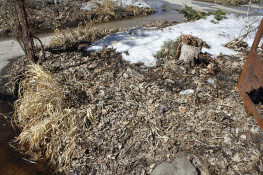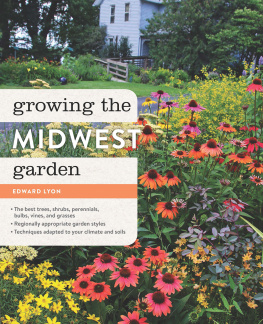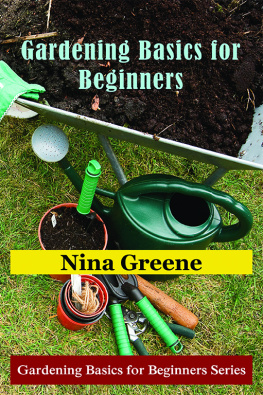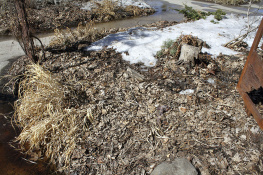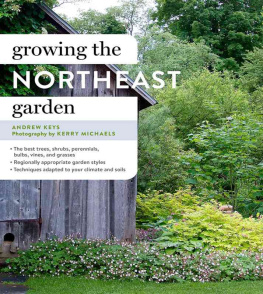
A Milwaukee, Wisconsin, private garden exemplifies outstanding Midwest gardening. Opposite: No stereotypes here. Bedazzle any garden with unique plant materials such as these succulent jewels.
growing the MIDWEST garden
ED LYON
Timber Press
Portland London
Copyright 2015 by Ed Lyon. All rights reserved.
Published in 2015 by Timber Press, Inc.
Photography credits appear on page 300. Map on page 25 Benchmark Maps
Cover image photographed at The Flower Factory, Stoughton, Wisconsin, one of the Midwests finest perennial nurseries.
The Haseltine Building
133 S.W. Second Avenue, Suite 450
Portland, Oregon 97204-3527
timberpress.com
Book design by Jane Jeszeck/www.jigsawseattle.com
Library of Congress Cataloging-in-Publication Data
ISBN 13: 978-1-60469-698-1
Lyon, Ed, 1957- author.
Growing the Midwest garden/Ed Lyon.First edition.
pages cm
Includes index.
ISBN 978-1-60469-495-6 ISBN 978-1-60469-466-6 1. GardeningMiddle West.
I. Title.
SB453.2.M53L96 2015
635.0977dc23
2014038515
To Darrell (Dylan) Wayne Hart, whose love, respect, and support are the reasons for any successes I may achieve.
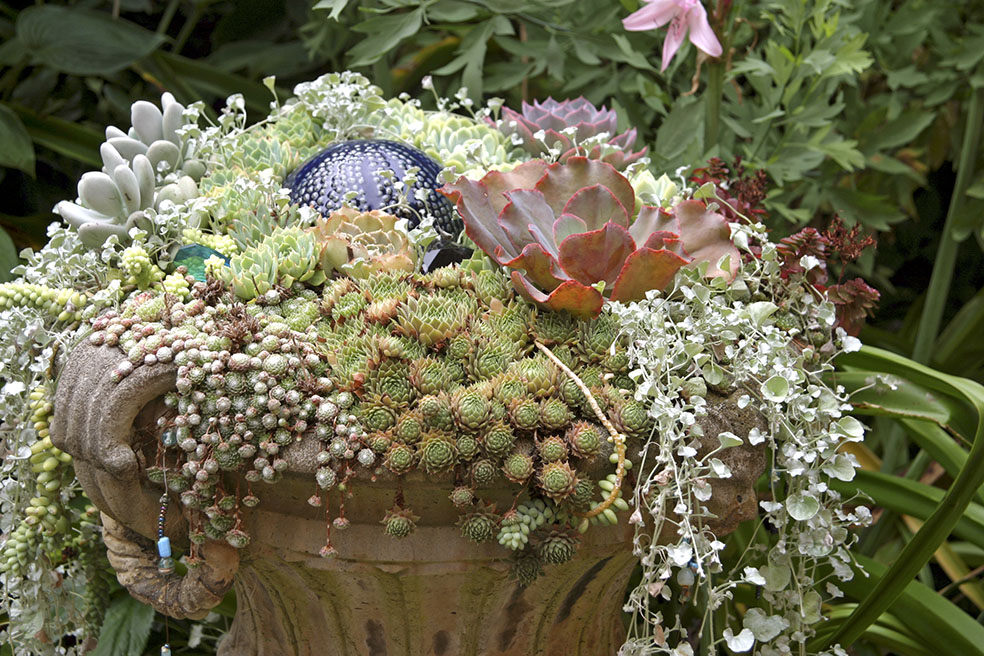
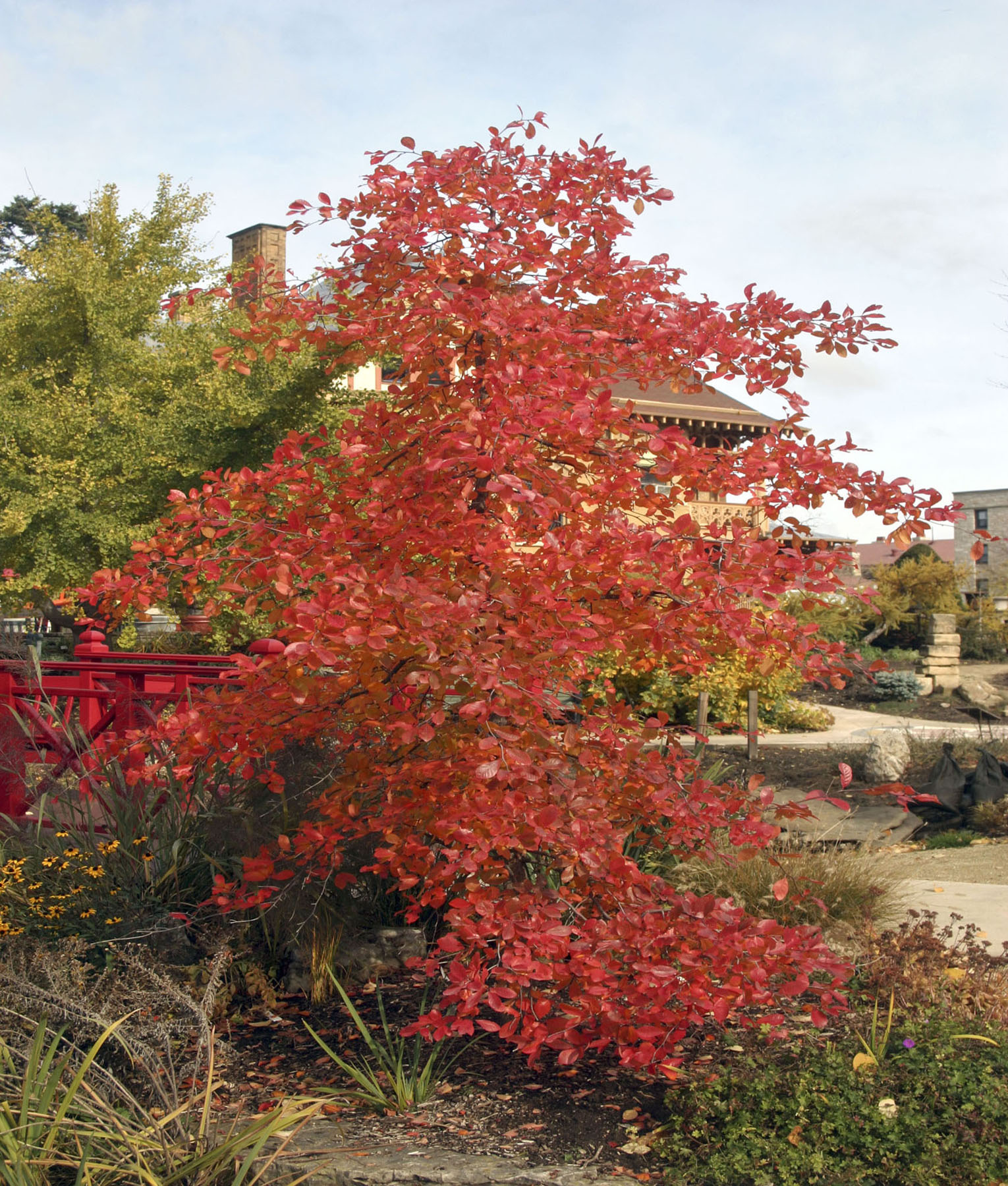
Autumn Cascade, a weeping cultivar of native black tupelo, at her autumn finest.
Contents
FOREWORD
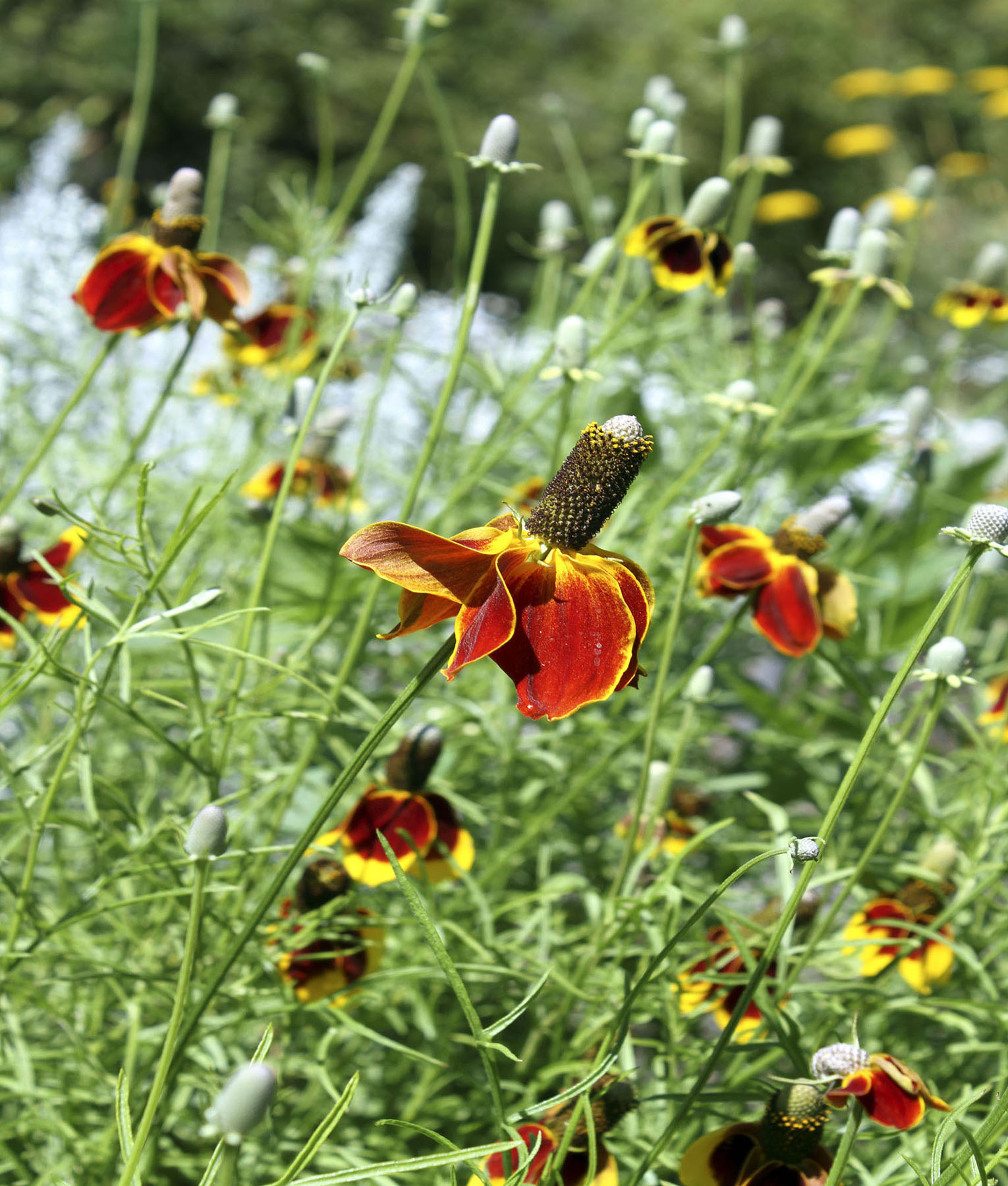
Gardens should exude joy, which Mexican hat fully expresses.
IN A WORLD that is increasingly global, gardening remains a local endeavor. The concept of the right plant for the right place is one of the tenets of gardening, so understanding the unique traits of your location, such as soil, weather, hardiness zone, and natural ecosystems is vital to successful gardening. At the heart of Ed Lyons Growingthe Midwest Garden are the experiences of a real gardener who has spent a lifetime honing his knowledge and craft, while never forgetting that where you live determines how you garden.
Ed has compiled an informative and experiential tome that will be invaluable to regional gardeners at all levels of accomplishment, from the nascent to the experienced. He boils down location information into the various ecotypes within the Midwest so that gardeners can more easily understand where they live and how that impacts the way they garden. Ed keeps the tone light, even humorous, when explaining climate zones, soils, fertilizing, watering, and even demystifies some common garden myths along the way. Although this is not a design book, Ed deftly covers common garden design elements, too. In the end, what makes this book so valuable is that Ed Lyon is a raconteur of gardening wisdom and experience. His successes and failures will ring true to longtime gardeners while bolstering the confidence of those just starting out.
For those of you who havent had the pleasure of meeting Ed, youll get to know him as you read this book because he writes like he talks, with an easy, friendly, and helpful demeanor. Hes amassed a wealth of knowledge and experience for gardeners to tap into. After all, who better to advise you on Midwestern gardening than a Midwestern gardenerin this case, well forgive Ed his Mid-Atlantic upbringing!
As a longtime proponent of regional plant trials and a native Midwesterner, I especially appreciate the local and regional tenor of the book. In our global economy, plants come to us from everywhere but are often untested widely. Regional trials help gardeners make informed decisions on the best plants for their area. Ed has compiled an impressive list of tried-and-true garden plants plus many more uncommon plants that will entice gardeners to explore and push the boundaries. He has melded a compendium of good garden plants with an encyclopedia of gardening practices specifically tailored to the Midwest. Simply put, Ive waited a long time for this book.
RICHARD G. HAWKE
PLANT EVALUATION MANAGER
CHICAGO BOTANIC GARDEN
PREFACE
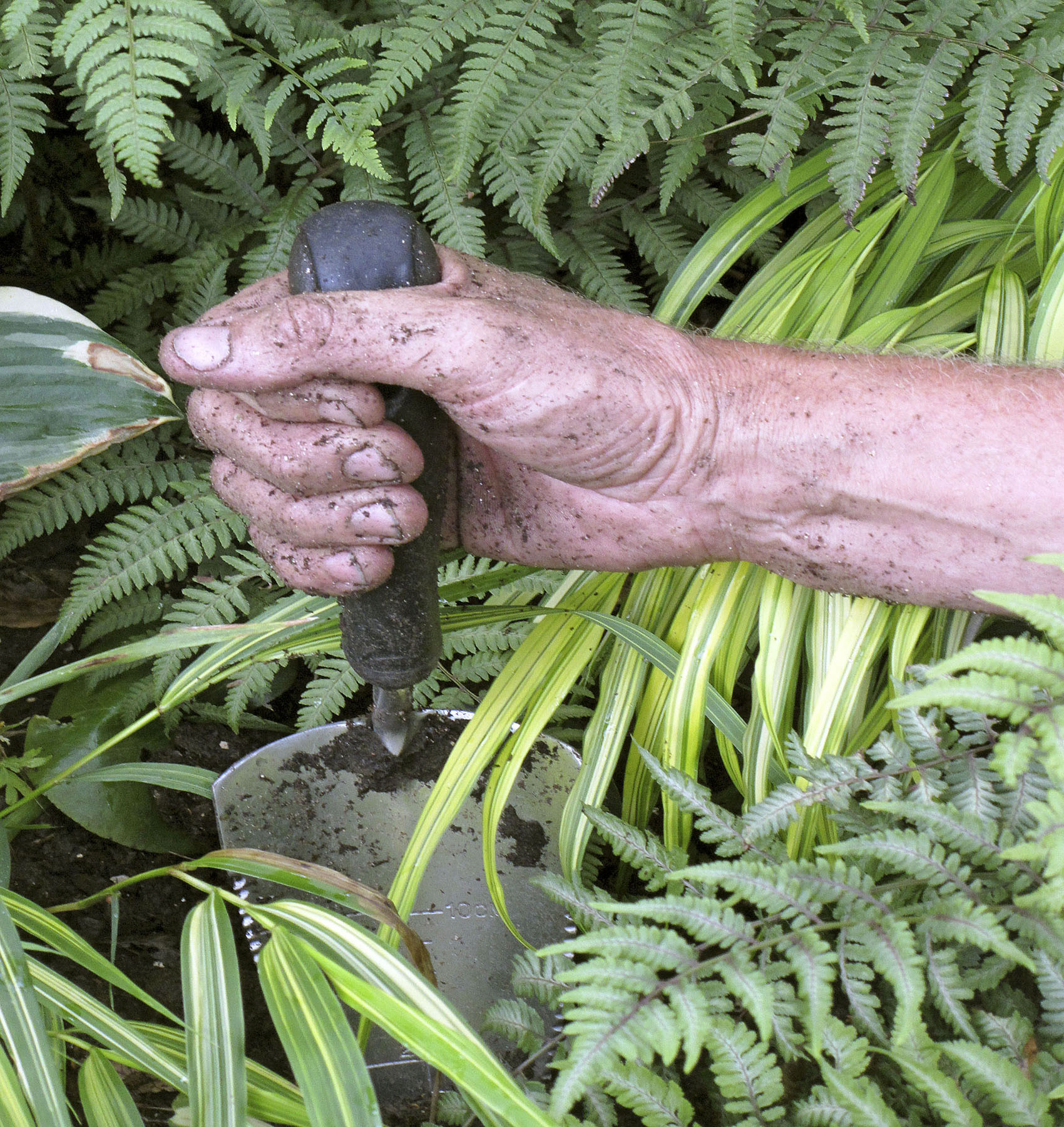
I am a horticulturalist, but I am also a gardener with dirt under my nails.
HORTICULTURE IS MY SECOND career. When I lost my agribusiness job in the 1990s, like many people at that time, I realized it might be a good time to return to college for a new career. I researched a number of fields and realized that what I had always considered a hobbygardeninghad developed into an obsession. That insight directed me to a plant-based focus and I worked toward an M.S. degree in horticulture. I think the value of this book is that a hands-on amateur turned expert is dispensing the advice. When I advise others I am quick to tell them that they will learn far more from my mistakes than my successes. This might be my definition of gardening.
As a horticulturist, I will forever be in debt to my father for teaching me about native vegetation. It was an integral part of our lives that instilled deep love and appreciation for nature and would eventually change my career. I doubt I will ever feel at home without the proximity of trees and the scent of dried leaves.
Growing up on a small dairy farm near Coopers-town, New York, I remember my father lamenting that the property bordering our farm contained black locust (which produced the best fence posts), but it missed our land entirely. In contrast, we were the only farm with mature, fruit-bearing butternuts (oh, how I miss Moms butternut cake!). We didnt think consciously about it as youngsters but we had already learned that plants prefer specific environments and what flourished in one area didnt thrive in others. When I took dendrology (a fancy name for the botanical, versus horticultural, study of trees), we learned how site specific tree species can be. I returned home after that class and took a reminiscent walk through the back forty. I noticed that musclewood and ironwood grew only in the wooded border, sugar maple and beech populated the eastern hillside, and eastern hemlock dominated the north. Black alder and American sycamore were happy along stream banks but only smaller shrubs effectively established roots in swampy muck. Tamarack and white oak defied the challenges of wet feet until they eventually reached a size where roots forced shallow due to excess water could no longer sustain their weight. They had toppled with giant circular plates of root-bound soil jutting skyward. This exposed more sunlight for shrubby willows and arrowwood viburnum; Davids to fallen Goliaths.
Trees may have been the most obvious evidence of plants evolving and adapting to specific, culture-influenced sites, but there were plenty of examples of perennial plant acclimatization as well. Foam flower wasnt a popular garden plant when I was a farm boy, but by the time I was gardening as an adult it had become a favorite. I discovered it abundantly in two forms in the glen growing between stream and dry upland woodland. Fortuitously, it was spring and the plant was in bloom; I was delighted to see clumping
Next page
